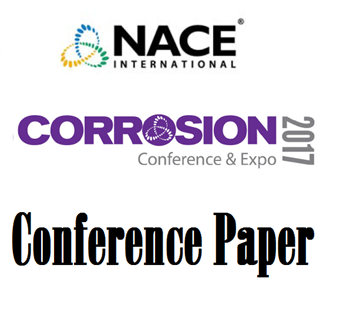Search
08495 A Multi-Scale Approach to Stress Corrosion Cracking Characterization
Also Purchased
96249 STRESS CORROSION CRACKING OF PIPELINES - ITS CONTROL OR PREVENTION.
Product Number:
51300-96249-SG
ISBN:
96249 1996 CP
$20.00
Assessing Stress Corrosion Cracking Risks on Stainless Steel Piping and Equipment
Product Number:
51317--8899-SG
ISBN:
8899 2017 CP
Publication Date:
2017
$20.00
08500 The Influence of Weld Heat-Affected Zone on Stress Corrosion Cracking of Pipeline Steel in Near-Neutral pH Environment
Product Number:
51300-08500-SG
ISBN:
08500 2008 CP
Publication Date:
2008
$20.00




